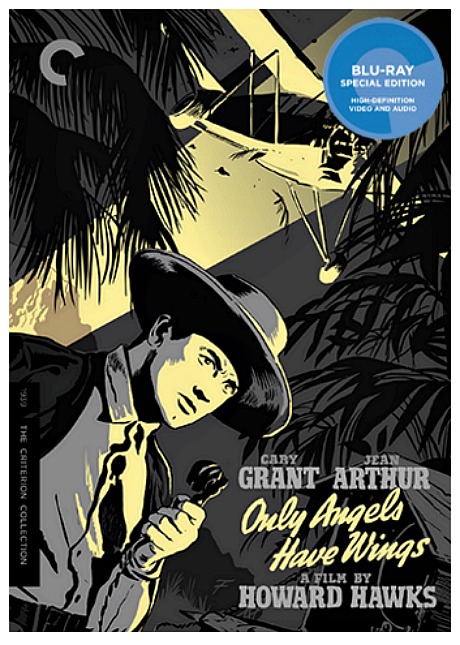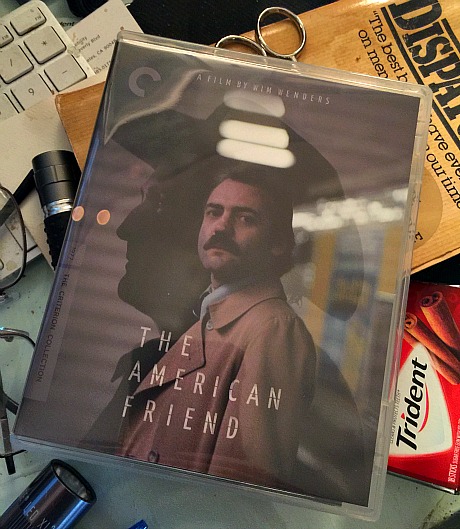This morning a N.Y. Times guy who had obviously read last night’s “Let It Go” post asked if I wanted to tap out 300 or 400 words about diversity in the film industry. I gave it a quick shot and sent it right off. He thanked me but said he’s heard from too many people deploring racial factors and asked me to try again. I said thanks anyway and no worries, but I’ll just post it myself:
There exists a certain constitution, sheen or formula that spells “Best Picture contender”, and the definition of these resides in the mind of your seasoned industry viewer. Many of whom look or sound like Kevin Costner or Bruce Feldman or Brenda Vaccaro or Rod Lurie or Rob Reiner or Hope Holiday, the actress from The Apartment who so angrily derided the crude bacchanalian aspects in The Wolf of Wall Street.
We all know what your classily generic, “aimed at older white people” Best Picture contender looks and behaves like — The King’s Speech, The Imitation Game, The Danish Girl. As lulling and tiresome as this equation is (British-favoring, tasteful, poised) there is still in these films an attempt to hone and refine and deliver some kind of thematic, observational summation. Who we are, what we are (or were), what this aspect or chapter in our lives amounts to in the end, etc.
Too few were willing or able to recognize this element in Cary Fukanaga‘s Beasts of No Nation, and the Academy’s failure in this regard is, many feel, arguably “racist.” This was the big 2015 outrage, if you ask me — not just a dismissal of Fukunaga’s art but a refusal to admit that the horrors of African tribal warfare are as much a part of our global narrative and social fabric as anything else.
Read more


